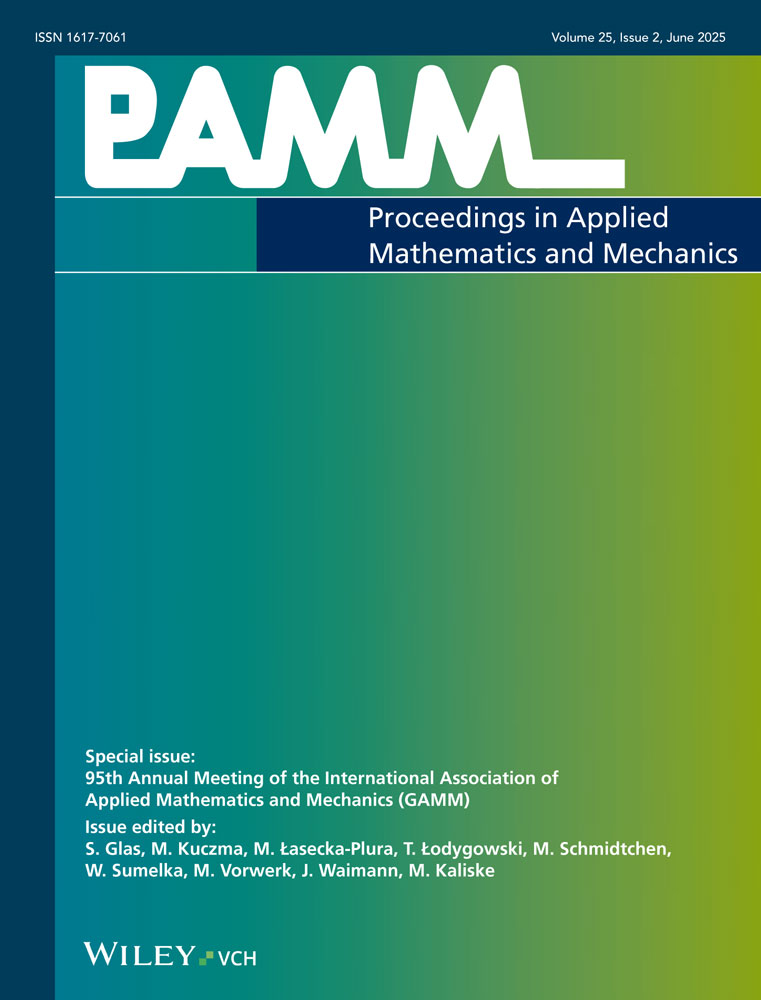On a bi-scale and tri-phasic model for the description of growth in biological tissue using the example of the human liver
Abstract
The human liver is important for hepatic metabolism regulations which depend on complex and time depending biochemical reactions coupled to the hemodynamic blood perfusion. Growth effects can impair the perfusion and therefore affect the metabolism. Such influences can be observed during the accumulation of fat in the liver tissue. The fat accumulation results from the lipid metabolism which comprises synthesis and degradation of lipids in liver cells. Individual addictions to alcohol and high fat diets are possible causes which result in an excessive synthesis of lipids. The liver sensitively reacts to such changes which could affect the viability of the organ. To observe these coupled influences of perfusion-metabolism-growth effects we use a computational model with a multi-component/tri-phasic/bi-scale approach to simulate the functionality of the human liver with respect to fat deposition. (© 2016 Wiley-VCH Verlag GmbH & Co. KGaA, Weinheim)




